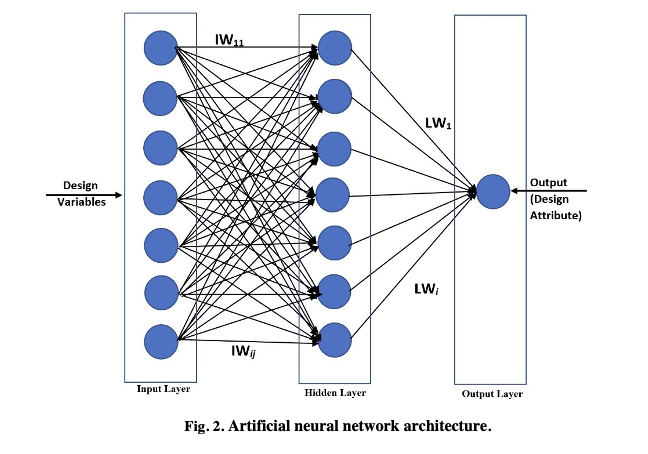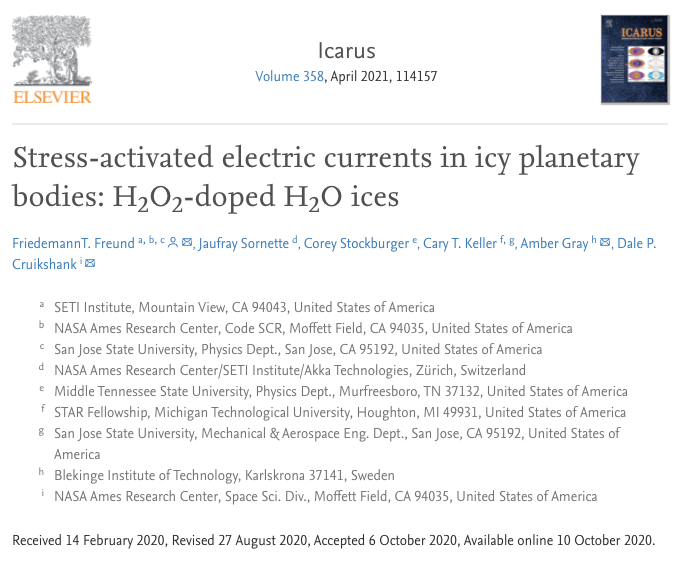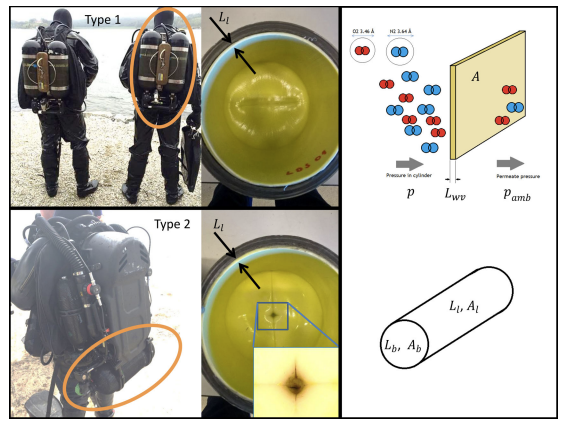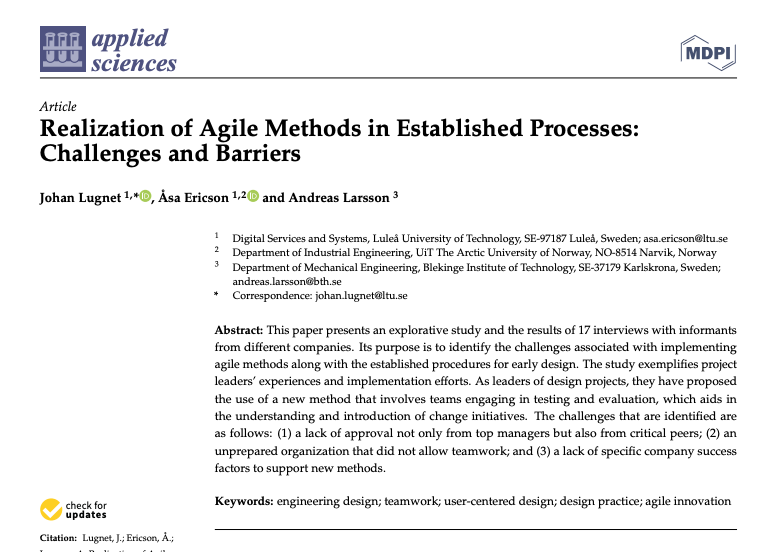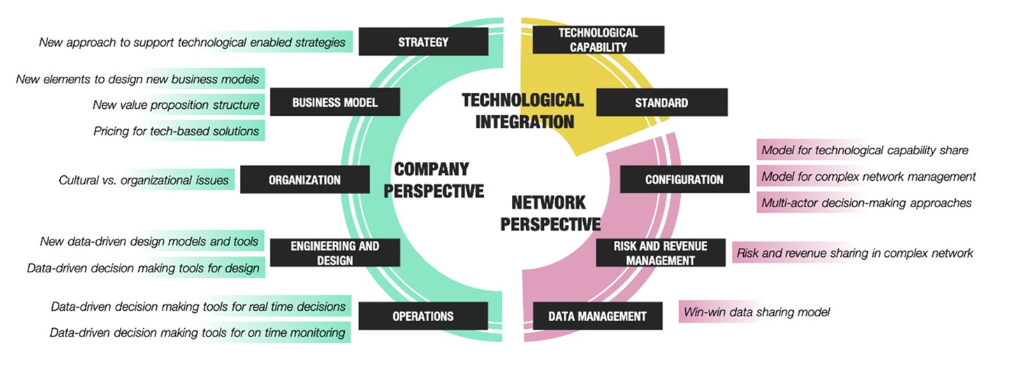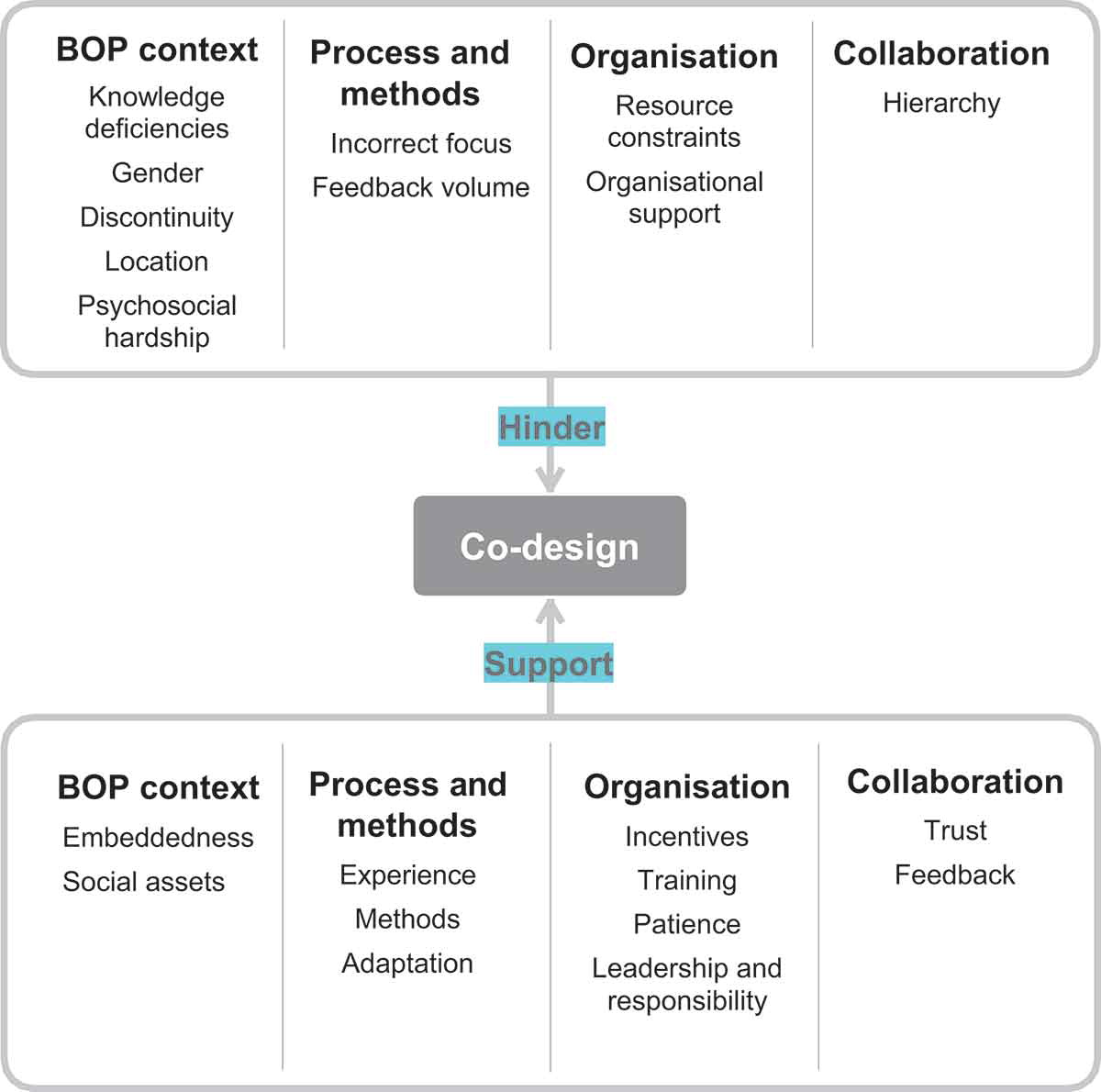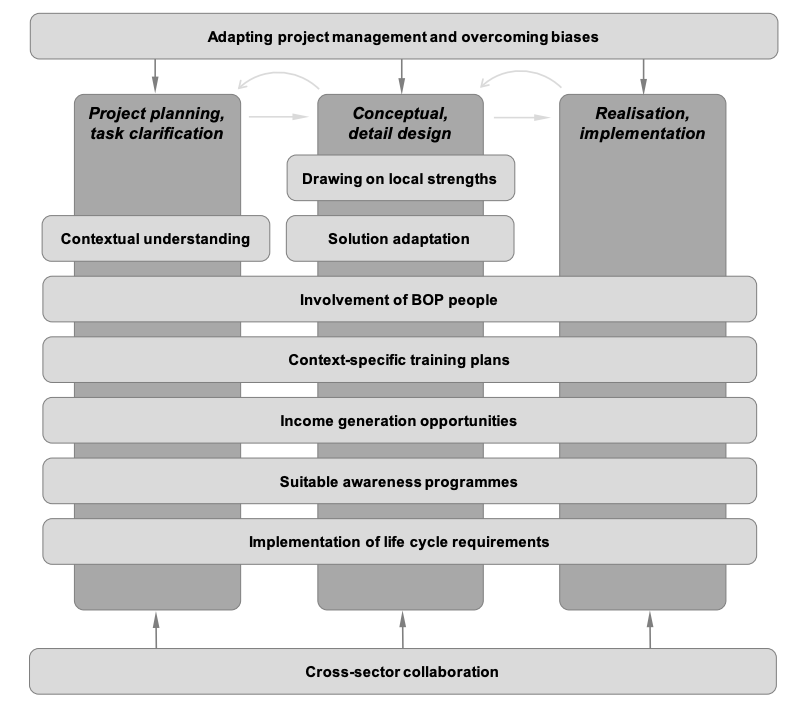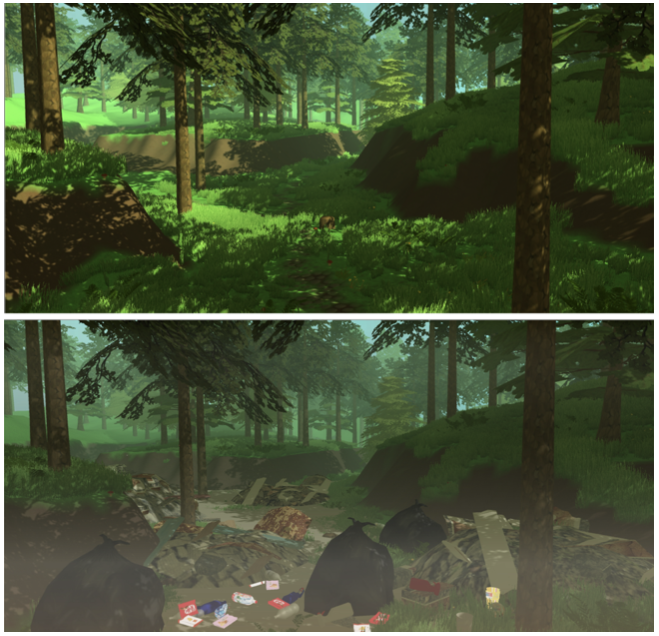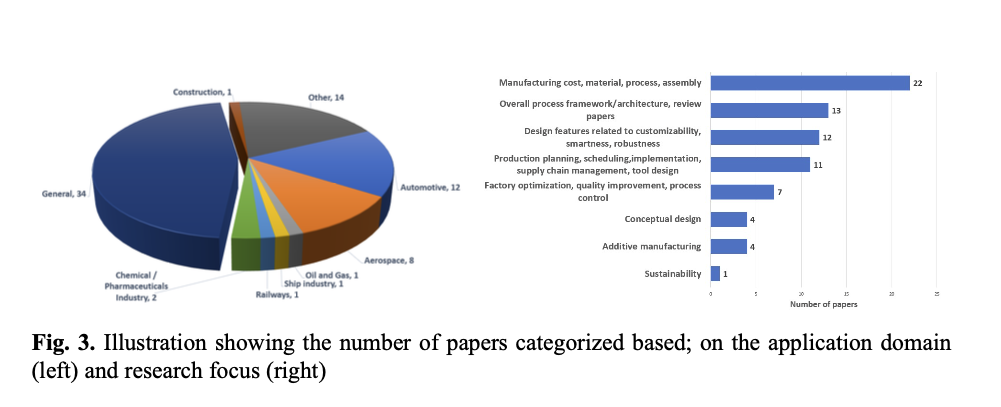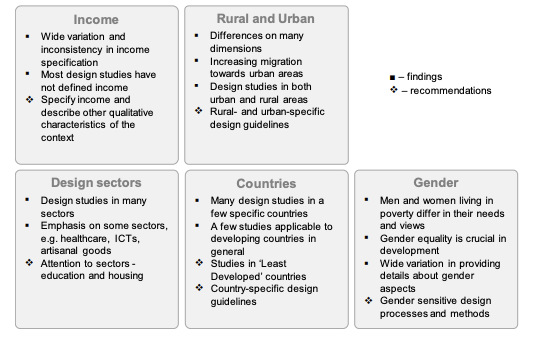Abstract A data analysis method based on artificial neural networks aiming to support cause-and-effect analysis in design exploration studies is presented. The method clusters and aggregates the effects of multiple design variables based on the structural hierarchy of the evaluated system. The proposed method is exemplified in a case study showing that the predictive capability […]
Read More